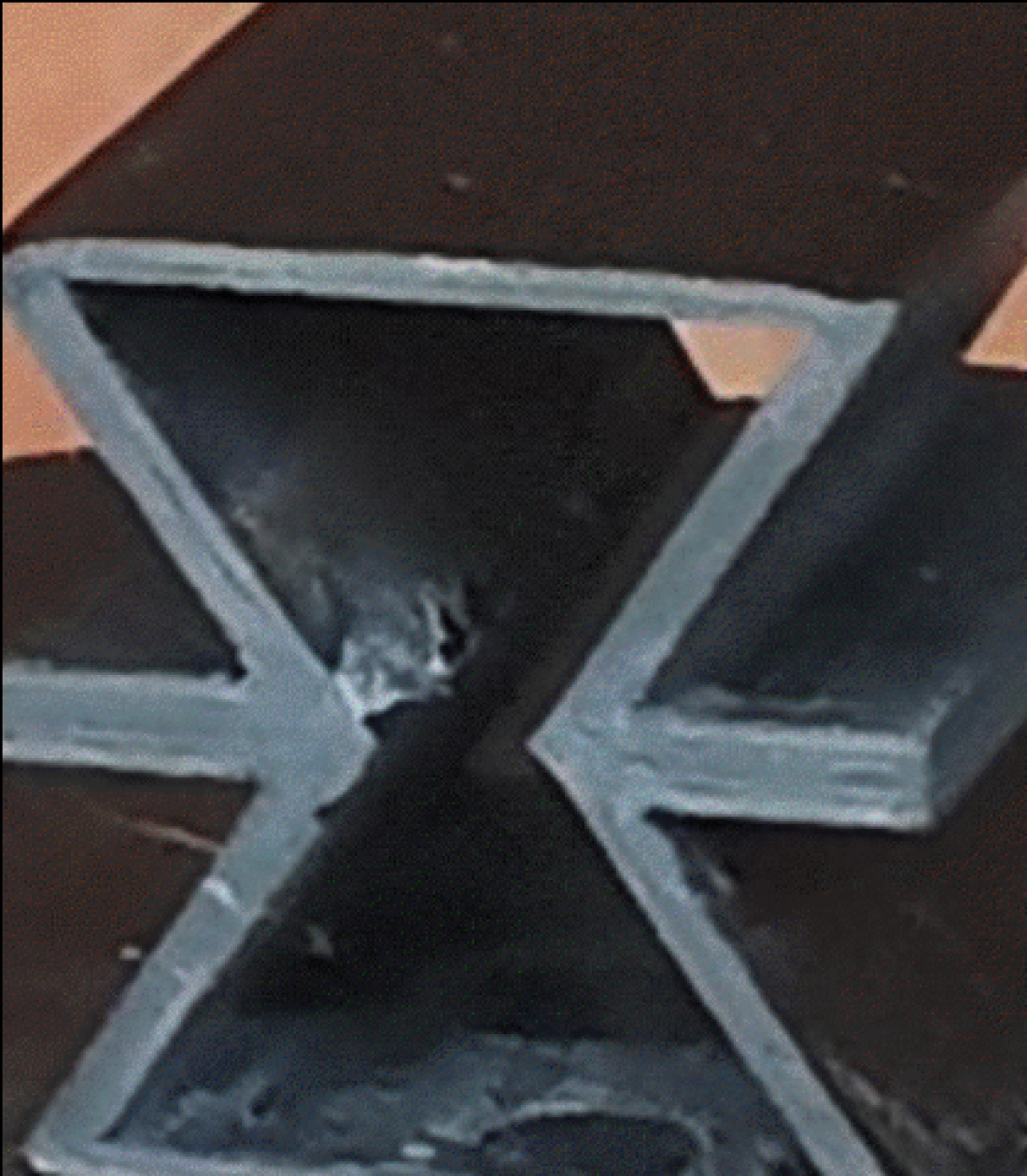Auxetic structure made from plastic composite laminate
Normal structures or materials exhibit the usual phenomenon when stretched (compressed), i.e. they become thinner (thicker) in the direction perpendicular to the applied load. Auxetics refer to structures or materials that exhibits an unusual behaviour when mechanical loaded. When stretched (compressed), they become thicker (thinner) perpendicular to the applied force. They can exhibit this behaviour because of their particular (engineered) internal structure. In the form of a material, we say that the auxetic exhibits negative Poisson’s Ratio. More importantly, the auxetic exhibits robust shock absorbing properties and this lend to wide applicability, such as electric vehicle bumper, and even in packaging.
However, making the auxetic lightweight, tough with sufficiently stiffened components could be even more attractive as it endows the auxetic with multi-functional applications, for instance as a primary structure for electric vehicles, demands that these be made using lightweight materials for high power efficiency, that can also deliver maximum protection to the vehicle and passengers in the event of a unfortunate collision.
Changfang Zhao and his team designed and fabricated 'cell structures', i.e. small scale version of the auxetic structure as shown in the figure, using laminated carbon fiber reinforced plastics (CFRP), which is the same material used in the Boeing 787 aircraft fuselage. The cell structures were subjected to compressive loading in three orthogonal directions to evaluate for the effectiveness of energy absorption by the respective direction. Using a state-of-the-art digital correlation imaging system to observe the deformation of the cell structure, they concluded that the cell structures were capable of auxetic behaviour in two orthogonal directions and possesses high energy-absorbing capacity in the third direction. Future design of CFRP auxetic structures as light-weight primary structures will be able to leverage the directional dependent properties for both structural support and impact resistance.
The members of his team of international researchers are hailed from Nanjing University of Science and Technology (comprising Jianlin Zhong, Kebin Zhang, Zhendong Zhang, Jie Ren, Guigao Le), National University of Singapore (Heow Pueh Lee) and Newcastle University (Kheng Lim Goh).
The work has been published in Composite Structures (https://doi.org/10.1016/j.compstruct.2022.115667). For further details and enquiry on potential collaboration, please contact Changfang Zhao at [email protected], or Kheng Lim Goh at [email protected].



